Olympic Games Stadiums
The Summer Olympic Games are the largest international sporting event. Their history dates back to ancient Olympia, where the first games were born. In the 19th century, French baron Pierre de Coubertin revived this idea, giving rise to the modern Olympic Games.
The first modern games were held in 1896 in Athens. Since then, the Summer Olympic Games have been held regularly, changing locations across the globe. Where exactly were the subsequent editions held?
-
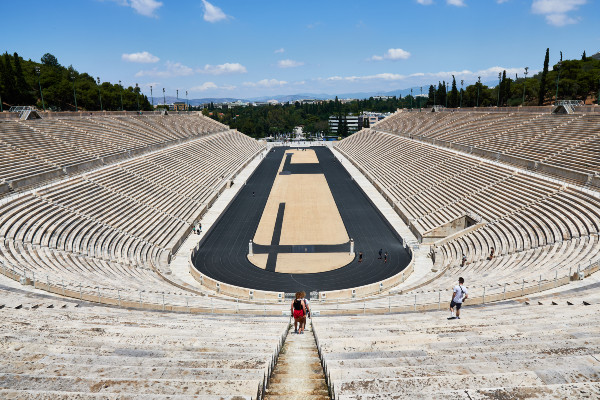 Panathinaiko Stadio Athens 1896, Capacity: 80,000, Greece
Panathinaiko Stadio Athens 1896, Capacity: 80,000, GreeceOriginally built in the 6th century BC, it is one of the most significant reconstructed structures in Athens. It is the only stadium in the world made entirely of marble. The venue was forgotten for a time but was later restored just in time for the games.
-
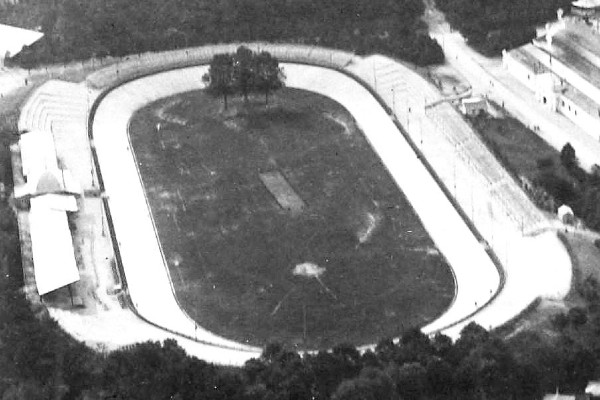 Vélodrome de Vincennes Paris 1900, Capacity: 4,000, France
Vélodrome de Vincennes Paris 1900, Capacity: 4,000, FranceThis was the main venue of the Olympic Games, where no opening ceremony was held. Competitions in cycling, rugby, cricket, football, and gymnastics took place at the stadium.
-
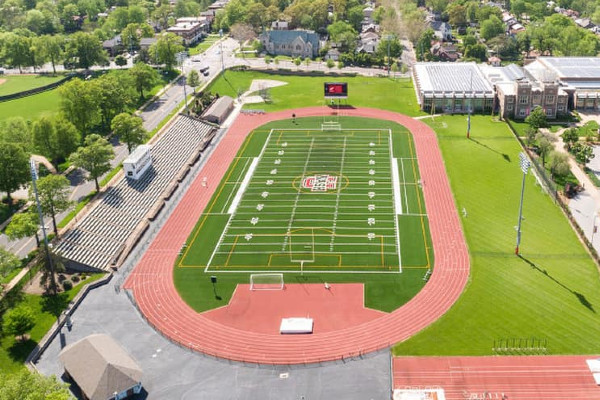 Francis Olympic Field St. Louis 1904, Capacity: 19,000, USA
Francis Olympic Field St. Louis 1904, Capacity: 19,000, USAInitially opened under the name World Fair's Stadium for the upcoming World’s Fair. However, thanks to a swift decision by the IOC, Francis Field was selected as the main arena for the Olympic Games. It hosted competitions in athletics, gymnastics, cycling, football, and wrestling.
-
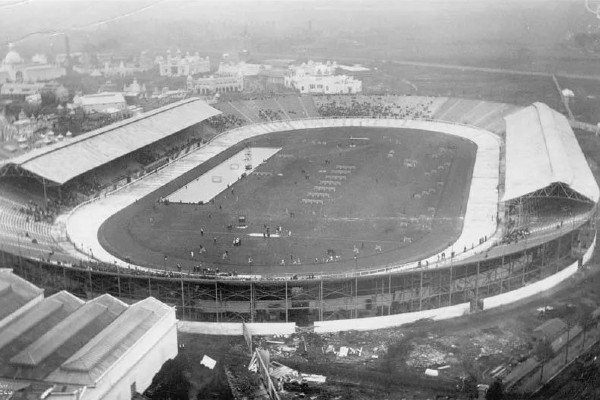 White City Stadium London 1908, Capacity: 68,000, United Kingdom
White City Stadium London 1908, Capacity: 68,000, United KingdomThis venue marked a milestone in Olympic history. A point in front of the royal box at White City Stadium was designated as the finish line of the first modern marathon, establishing the course length at 42.195 km. The stadium existed until 1985.
-
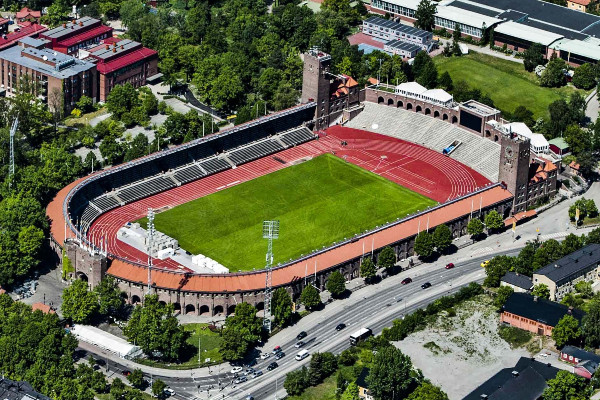 Stockholms Olympiastadion Stockholm 1912, Capacity: 22,000, Sweden
Stockholms Olympiastadion Stockholm 1912, Capacity: 22,000, SwedenThe city did not have a suitable sports facility until Sweden’s bid to host the Olympic Games succeeded. The arena opened just a month before the games. It proudly holds the title of the oldest still-active Olympic stadium in the world.
-
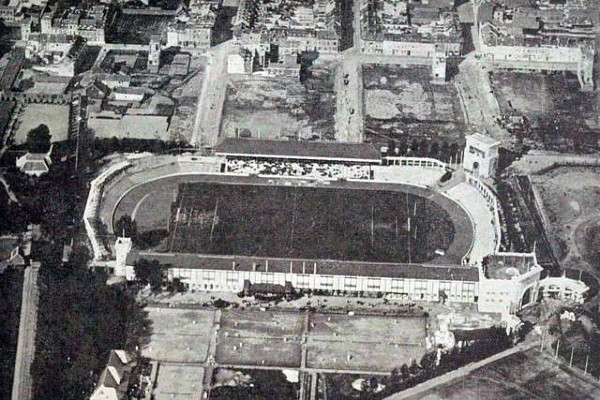 Olympisch Stadion Antwerp 1920, Capacity: 30,000, Belgium
Olympisch Stadion Antwerp 1920, Capacity: 30,000, BelgiumAt that time, it was a truly multifunctional arena, capable of hosting most events during the Olympic Games thanks to its large field and athletics track. Today’s stadium bears little resemblance to its predecessor, especially after a major modernization in 2000.
-
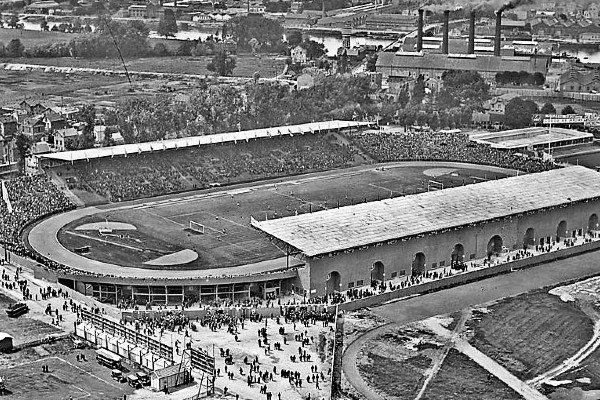 Stade Yves-du-Manoir Paris 1924, Capacity: 45,000, France
Stade Yves-du-Manoir Paris 1924, Capacity: 45,000, FranceWhen France hosted the games for the second time, they decided to follow London’s example and allow large crowds to watch the Olympic events. The capacity of the stadium was later increased to 60,000 seats. The venue once again served as an Olympic arena 100 years later, during the next games in Paris.
-
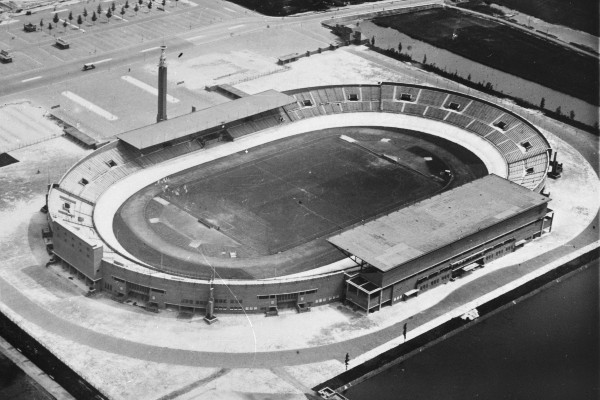 Olympisch Stadion Amsterdam 1928, Capacity: 31,600, The Netherlands
Olympisch Stadion Amsterdam 1928, Capacity: 31,600, The NetherlandsNo better Olympic symbol can be found in the Netherlands than this venue. The 1928 games introduced several ceremonial additions, including the debut of lighting the Olympic cauldron, which is located here at the front of the stadium.
-
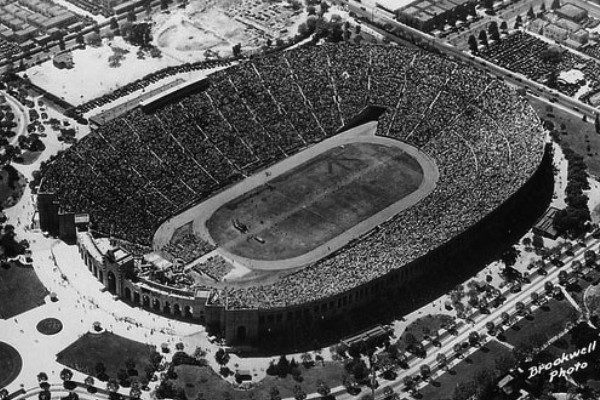 Los Angeles Memorial Coliseum Los Angeles 1932, Capacity: 101,574, USA
Los Angeles Memorial Coliseum Los Angeles 1932, Capacity: 101,574, USAOriginally inaugurated as a memorial to World War I veterans in Los Angeles. Organizing the games in 1932 required a complete repurposing – the main structure was expanded, and the now-iconic Olympic cauldron was constructed.
-
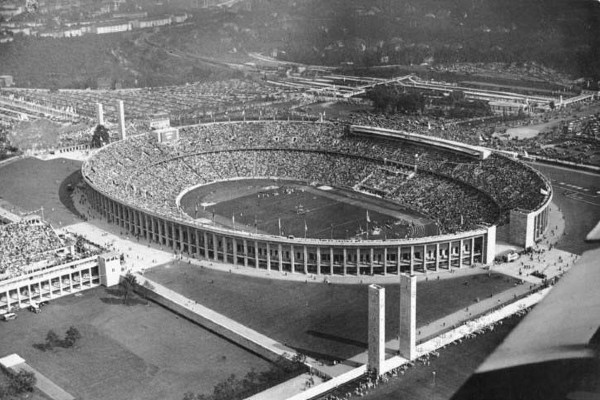 Olympiastadion Berlin 1936, Capacity: 110,000, Germany
Olympiastadion Berlin 1936, Capacity: 110,000, GermanyThe stadium was originally intended for the canceled 1916 Olympic Games. It was rebuilt and modernized for the games twenty years later. It already had the monumental stands we see today, which served the propaganda purposes of the German state.
-
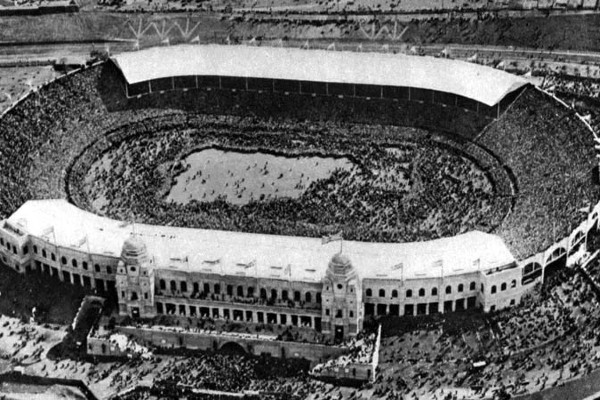 Wembley Stadium London 1948, Capacity: 82,000, United Kingdom
Wembley Stadium London 1948, Capacity: 82,000, United KingdomThis legendary arena with its iconic two white towers had to wait eight years to finally host the main competitions of the Olympic Games. Thanks to this event, the British capital had the chance to revive its economy after World War II.
-
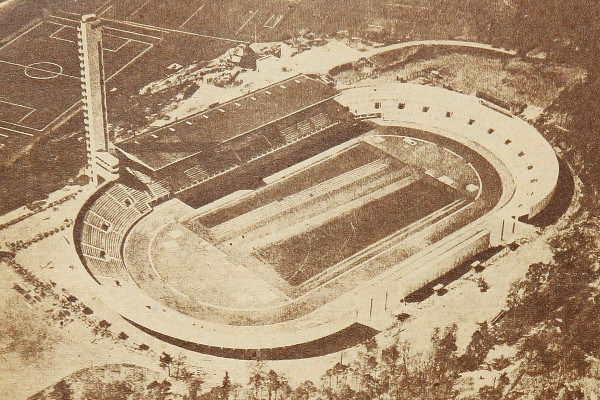 Helsingin Olympiastadion Helsinki 1952, Capacity: 70,000, Finland
Helsingin Olympiastadion Helsinki 1952, Capacity: 70,000, FinlandBuilt in 1938, the venue remains the largest of its kind in the country. Its simple form reflects the functionalism that inspired its original design. Besides the Olympics, it has hosted winter sports tournaments (hockey, bandy, speed skating), athletics, and major concerts.
-
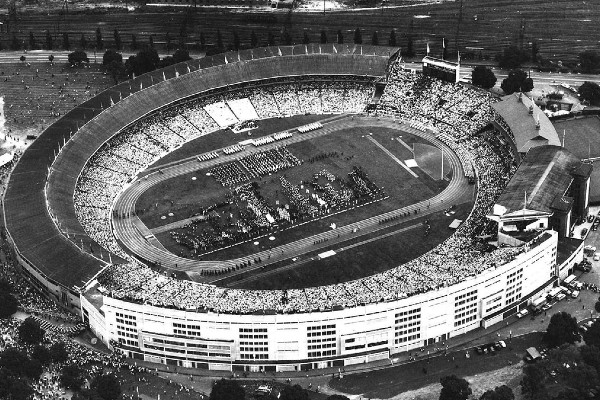 Melbourne Cricket Ground Melbourne 1956, Capacity: 104,000, Australia
Melbourne Cricket Ground Melbourne 1956, Capacity: 104,000, AustraliaTo enable the stadium to host the games, an Olympic stand was constructed along with an athletics track. The excitement around the Olympic Games at the MCG was so high that queues at the entrances effectively paralyzed the entire city the night before the opening ceremony.
-
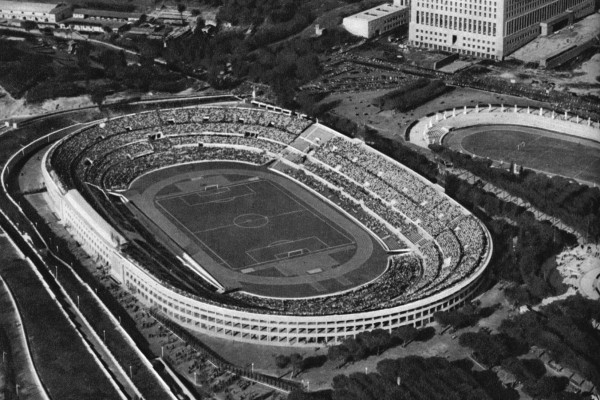 Stadio Olimpico Rome 1960, Capacity: 90,000, Italy
Stadio Olimpico Rome 1960, Capacity: 90,000, ItalyThe stadium had to undergo minor modifications to enhance the viewing experience, such as the installation of four lighting towers and two electronic scoreboards. During the competitions at Stadio Olimpico, many historic athletics events took place, including the setting of several world records.
-
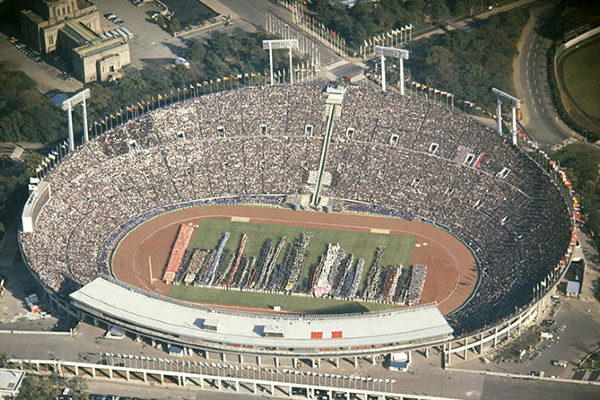 National Stadium Tokyo 1964, Capacity: 71,328, Japan
National Stadium Tokyo 1964, Capacity: 71,328, JapanDespite its impressive size, this stadium was built in just 14 months. It became the venue for the Asian Games, and then was expanded in 1964 to host the first Olympic Games awarded to Asia.
-
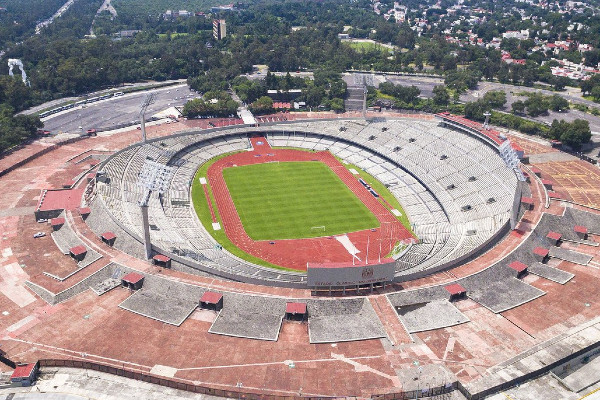 Estadio Olímpico Universitario Mexico City 1968, Capacity: 83,700, Mexico
Estadio Olímpico Universitario Mexico City 1968, Capacity: 83,700, MexicoThe stadium was constructed on solid volcanic ground between 1950 and 1952 and resembles a volcano in its shape. To meet the requirements imposed by the IOC on the hosts, its capacity was temporarily increased from 70,000 to over 80,000.
-
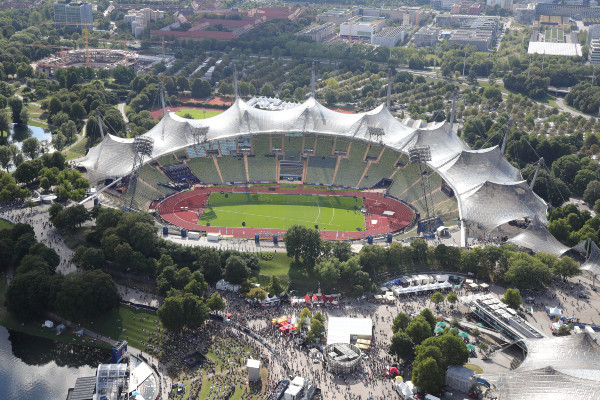 Olympiastadion Munich 1972, Capacity: 75,000, West Germany
Olympiastadion Munich 1972, Capacity: 75,000, West GermanyA unique feature of the stadium design is its extensive acrylic glass roof, supported by steel cables. This arena not only served as the main venue of the games but also as a memorial to the Israeli athletes killed during a terrorist attack in the Olympic village.
-
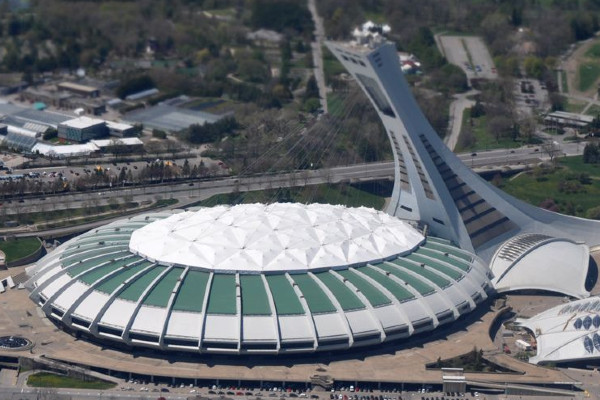 The Big O Montreal 1976, Capacity: 73,000, Canada
The Big O Montreal 1976, Capacity: 73,000, CanadaThe stadium stands out with its distinctive architecture – its shape resembles the letter "O," and the structure includes the world’s tallest inclined tower. It also drew attention for the enormous cost of its construction.
-
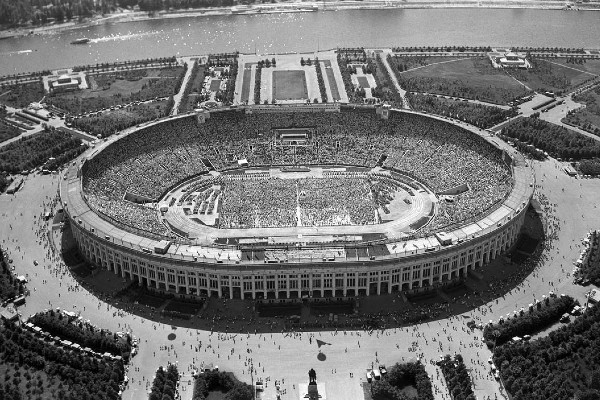 Stadion Luzhniki Moscow 1980, Capacity: 103,000, USSR
Stadion Luzhniki Moscow 1980, Capacity: 103,000, USSRThe stadium was built in a record time of just 450 days, with its inauguration taking place in July 1956. After its first renovation, completed in 1979, the venue was ready to host the Olympic Games, though they were boycotted by 66 countries.
-
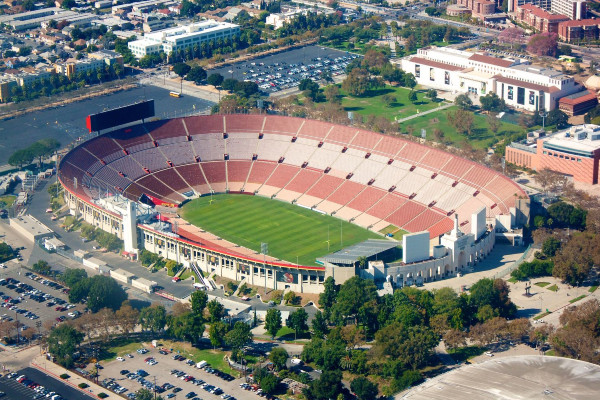 Los Angeles Memorial Coliseum Los Angeles 1984, Capacity: 80,000, USA
Los Angeles Memorial Coliseum Los Angeles 1984, Capacity: 80,000, USATo this day, no venue other than LA Coliseum has hosted the Olympic Games twice. Just before the second edition, an ornamental sculpture honoring athletes was also erected near the eastern gate.
-
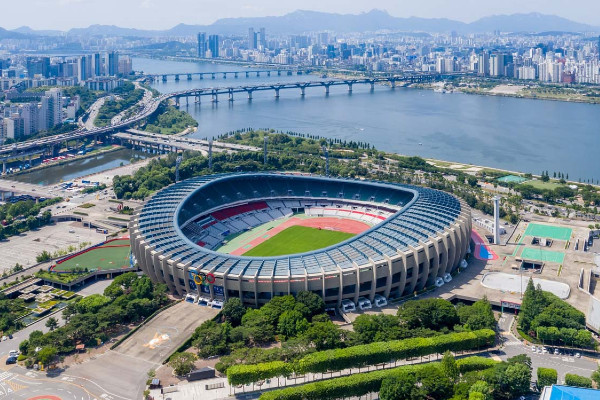 Jamsil Olympic Stadium Seoul 1988, Capacity: 100,000, South Korea
Jamsil Olympic Stadium Seoul 1988, Capacity: 100,000, South KoreaBuilt for the Asian Games in 1986 and the Summer Olympic Games two years later, this is the second-largest sports facility in South Korea. Its profile draws inspiration from the elegant curves of a porcelain vase from the Korean Joseon dynasty.
-
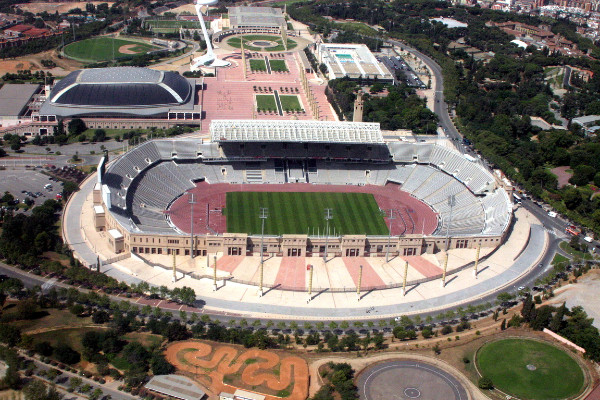 Estadi Olímpic Lluís Companys Barcelona 1992, Capacity: 55,926, Spain
Estadi Olímpic Lluís Companys Barcelona 1992, Capacity: 55,926, SpainThe original stadium had to be renovated before the games. The structure was demolished, leaving part of the original facades intact. In 1989, the venue was reopened during the World Athletics Championships, preparing it to host the Olympic Games.
-
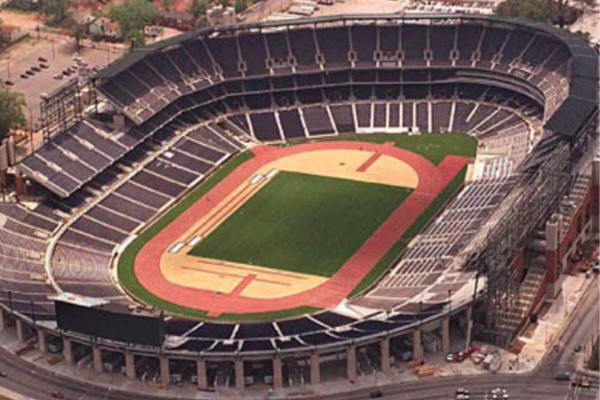 Centennial Olympic Stadium Atlanta 1996, Capacity: 85,000, USA
Centennial Olympic Stadium Atlanta 1996, Capacity: 85,000, USAThe stadium was built specifically for the 1996 games, but its design already suggested future use after the events. After the Olympics, the arena was transformed into a typical baseball stadium.
-
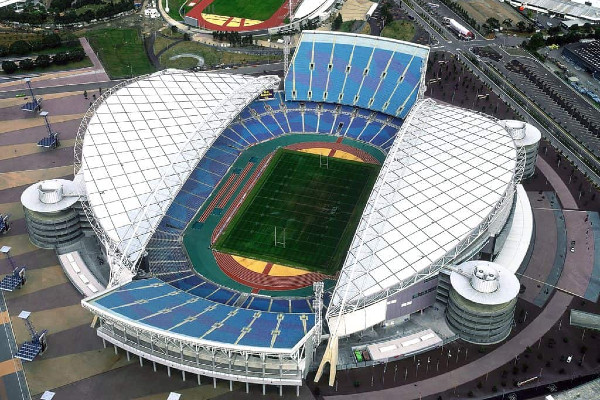 Stadium Australia Sydney 2000, Capacity: 115,000, Australia
Stadium Australia Sydney 2000, Capacity: 115,000, AustraliaThis stadium was the largest Olympic venue during the games. Its standout feature is the 295-meter roof spans stretching from north to south. To this day, it holds attendance records for Olympic ceremonies, athletic competitions, and football and rugby matches.
-
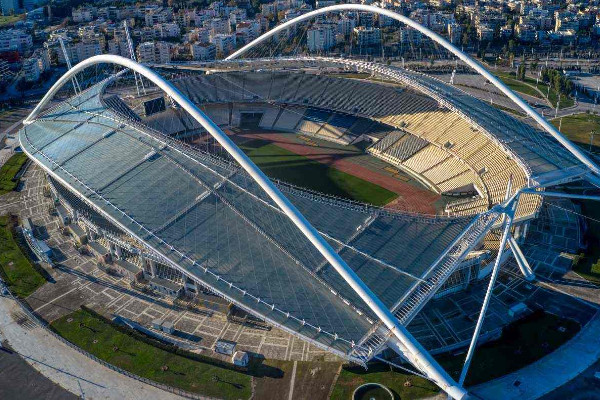 Stádio Olympiakó Spiros Louis Athens 2004, Capacity: 72,000, Greece
Stádio Olympiakó Spiros Louis Athens 2004, Capacity: 72,000, GreeceOriginally built in 1982, the stadium underwent the most significant modernization before the Olympic Games, including the addition of spectacular roofing over the existing stands. The arena was reopened just two weeks before the opening ceremony.
-
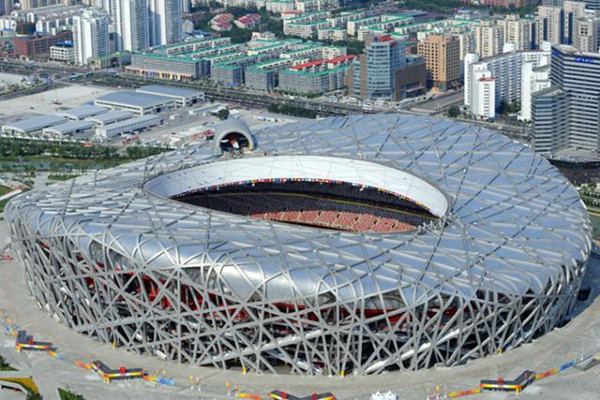 Beijing National Stadium Beijing 2008, Capacity: 91,000, China
Beijing National Stadium Beijing 2008, Capacity: 91,000, ChinaThe construction of the “Bird’s Nest” required an unimaginable amount of 27,000 tons of steel. Although it appears chaotic from the outside, it consists of four nearly identical quarters that form a structure entirely independent of the stands.
-
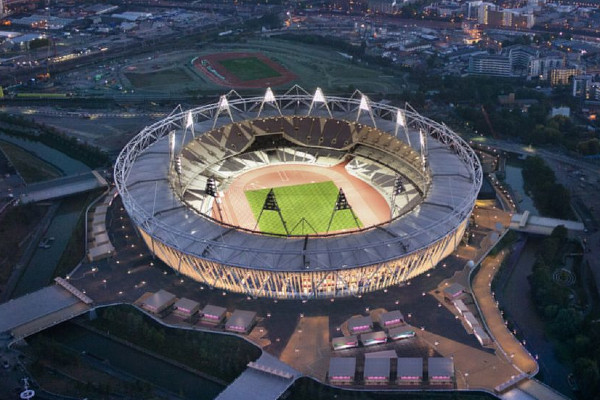 Olympic Stadium London 2012, Capacity: 80,000, United Kingdom
Olympic Stadium London 2012, Capacity: 80,000, United KingdomInitially, it was planned to dismantle the upper stands after the Olympic Games, but ultimately changes were made to its structure. Although not originally intended for football, it became the new home for West Ham United.
-
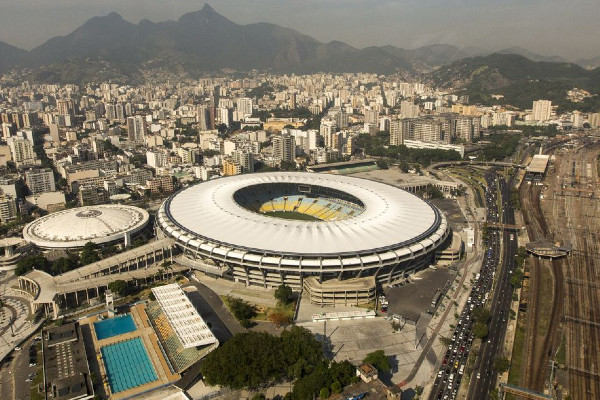 Maracanã Rio de Janeiro 2016, Capacity: 74,738, Brazil
Maracanã Rio de Janeiro 2016, Capacity: 74,738, BrazilOne of the world’s most famous stadiums was rebuilt before the 2014 FIFA World Cup. The reconstruction was not without controversy, as the venue was completed with many delays and cost $500 million.
-
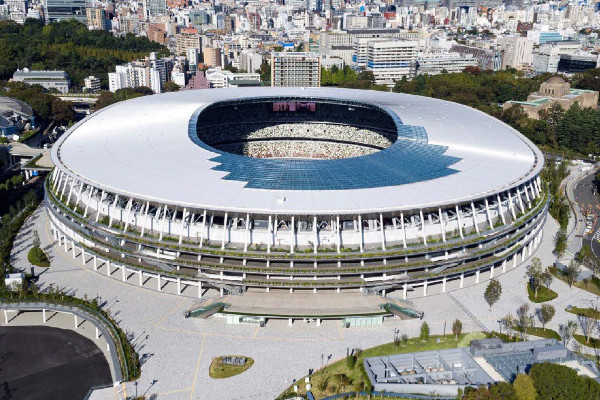 Japan National Stadium Tokyo 2020, Capacity: 68,000, Japan
Japan National Stadium Tokyo 2020, Capacity: 68,000, JapanThe Olympic Games returned to Tokyo, but not to the old National Stadium, which was demolished to make way for a new arena. The dominant aesthetic feature of the stadium is the wood used to cover the sloping eaves, inspired by a pagoda.
-
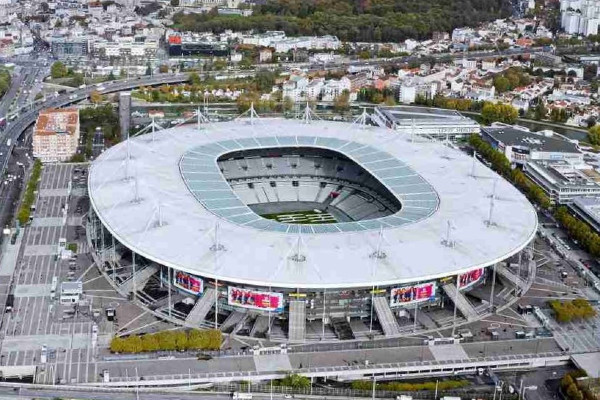 Stade de France Paris 2024, Capacity: 81,338, France
Stade de France Paris 2024, Capacity: 81,338, FranceThe French capital hosted the Olympic Games for the third time, matching London in this respect. The stadium is equipped with movable lower stands, allowing it to serve as an athletics venue.
-
 SoFi Stadium Los Angeles 2028, Capacity: 70,240, USA
SoFi Stadium Los Angeles 2028, Capacity: 70,240, USAThe stadium was built at a cost of $5.5 billion, making it the most expensive arena in the world. Athletics competitions will be held at the Los Angeles Memorial Coliseum, which will host the Olympic Games for the third time.
-
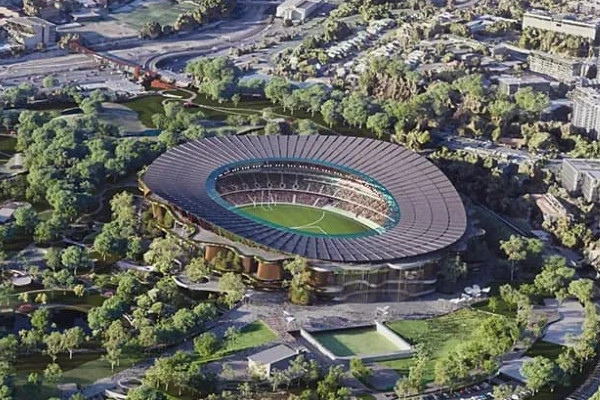 Victoria Park Olympic Stadium Brisbane 2032, Capacity: 63,000, Australia
Victoria Park Olympic Stadium Brisbane 2032, Capacity: 63,000, AustraliaA new stadium, with construction costs of about $3.785 billion, will accommodate at least 60,000 spectators during the games. The venue will enable Queensland to attract major sporting and music events and will become the new home for the AFL and cricket leagues.
Do you prefer motion visuals? Watch our video where we showcased shots from all Olympic stadiums.

 StadiumDB
StadiumDB